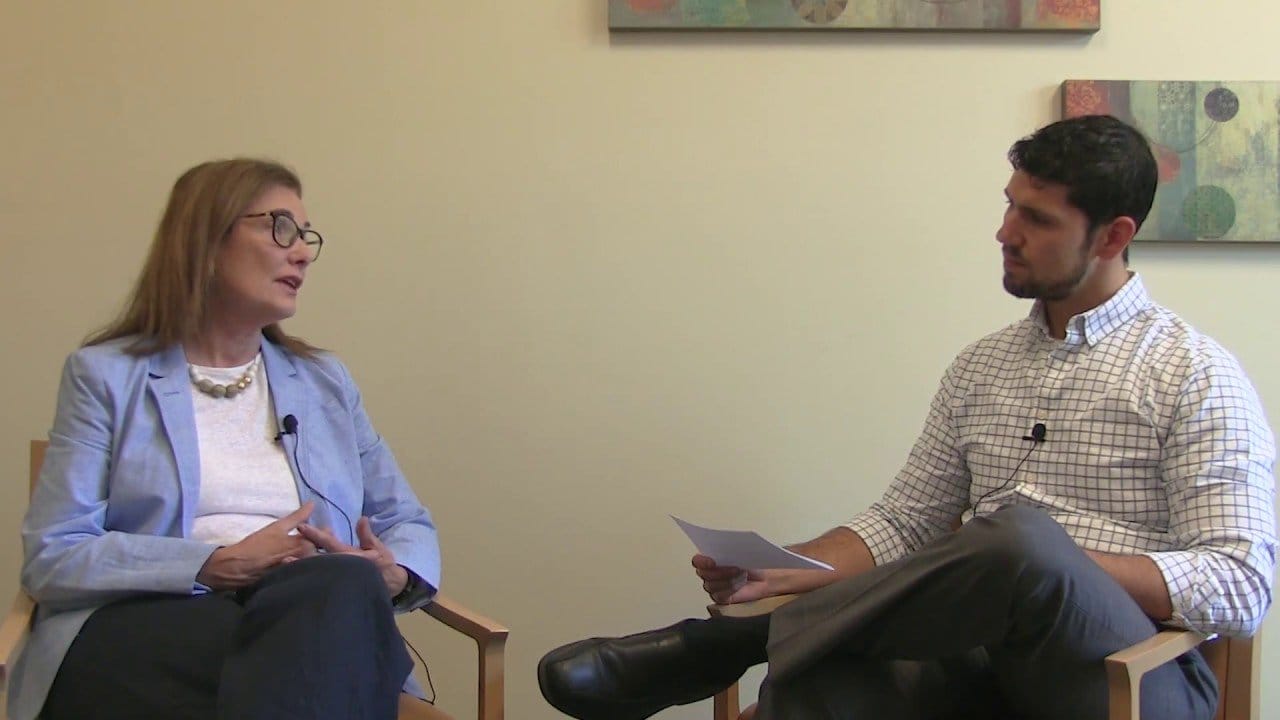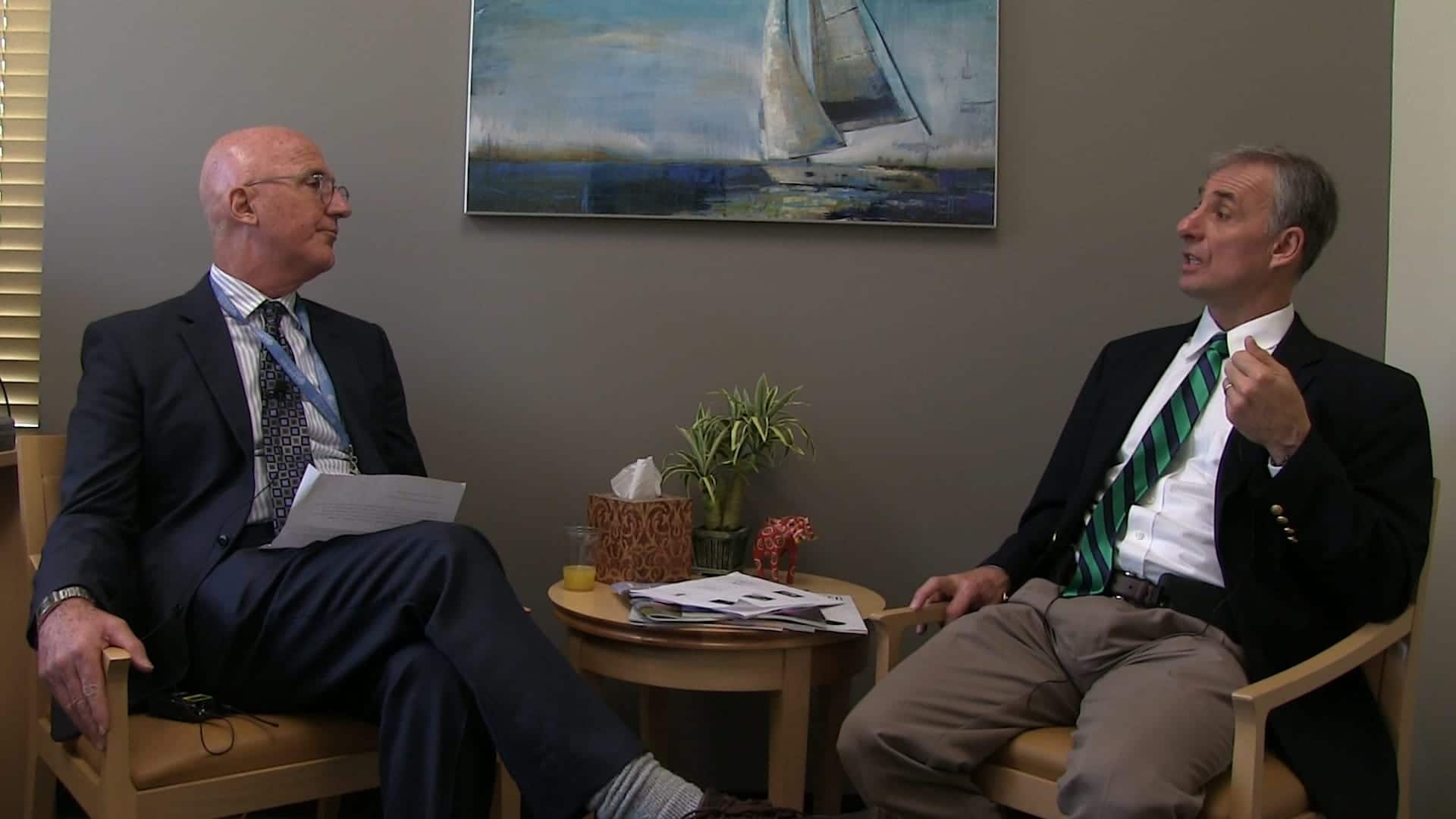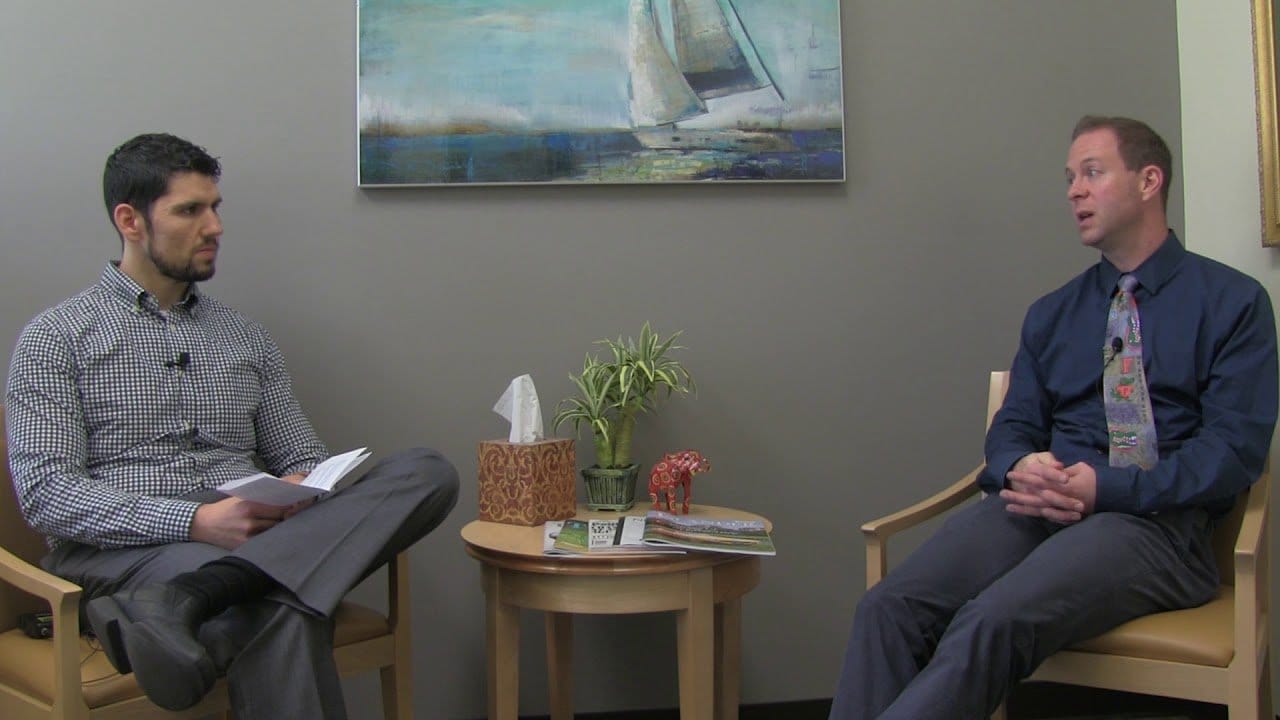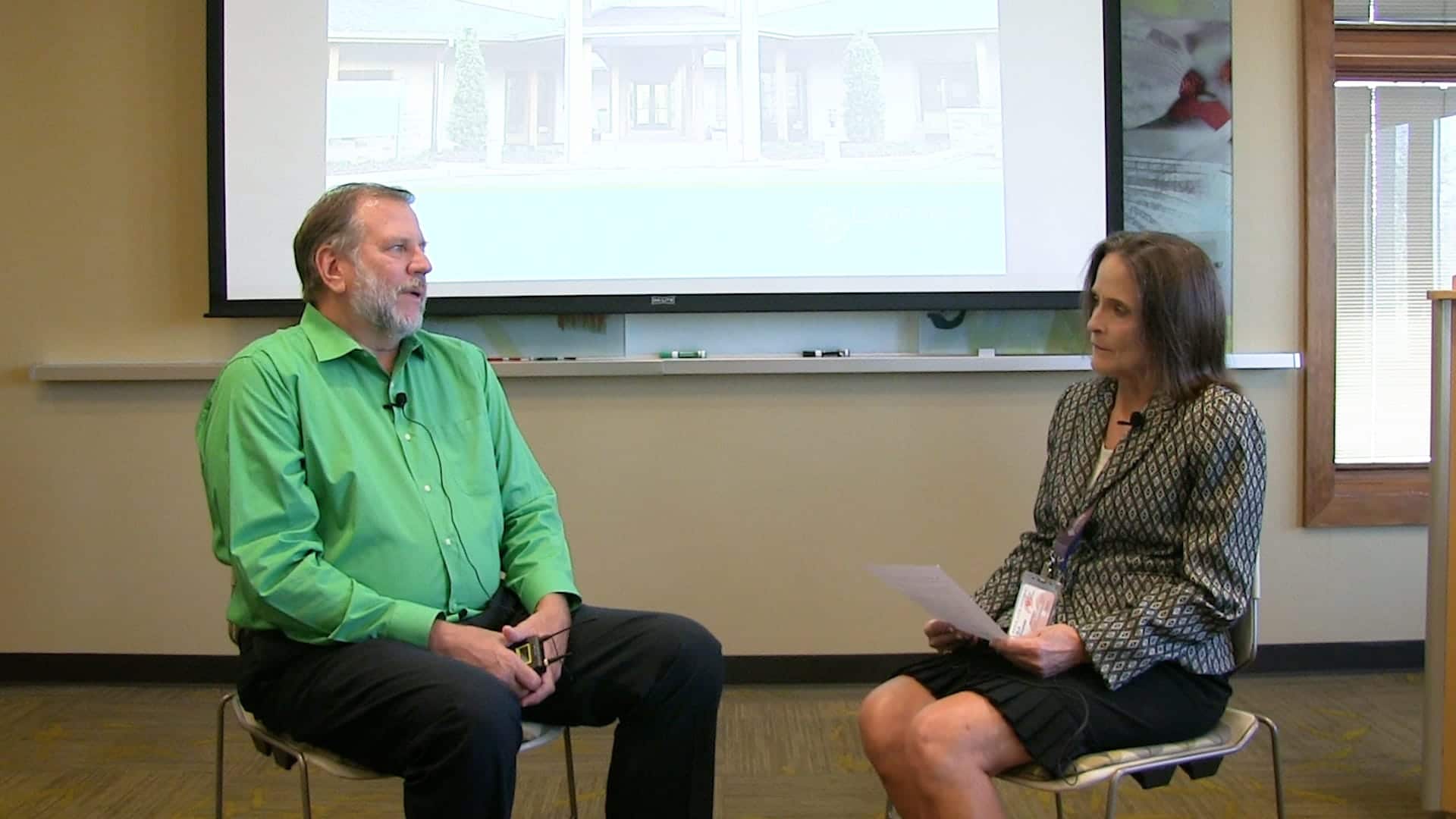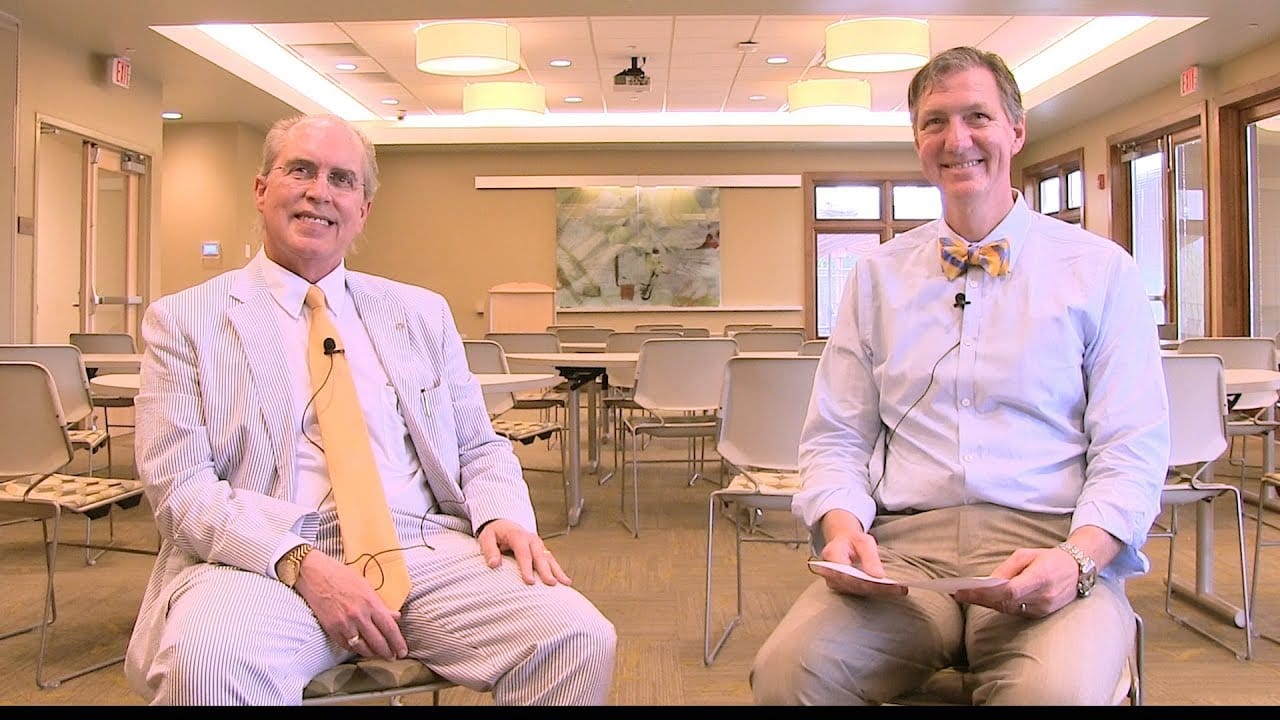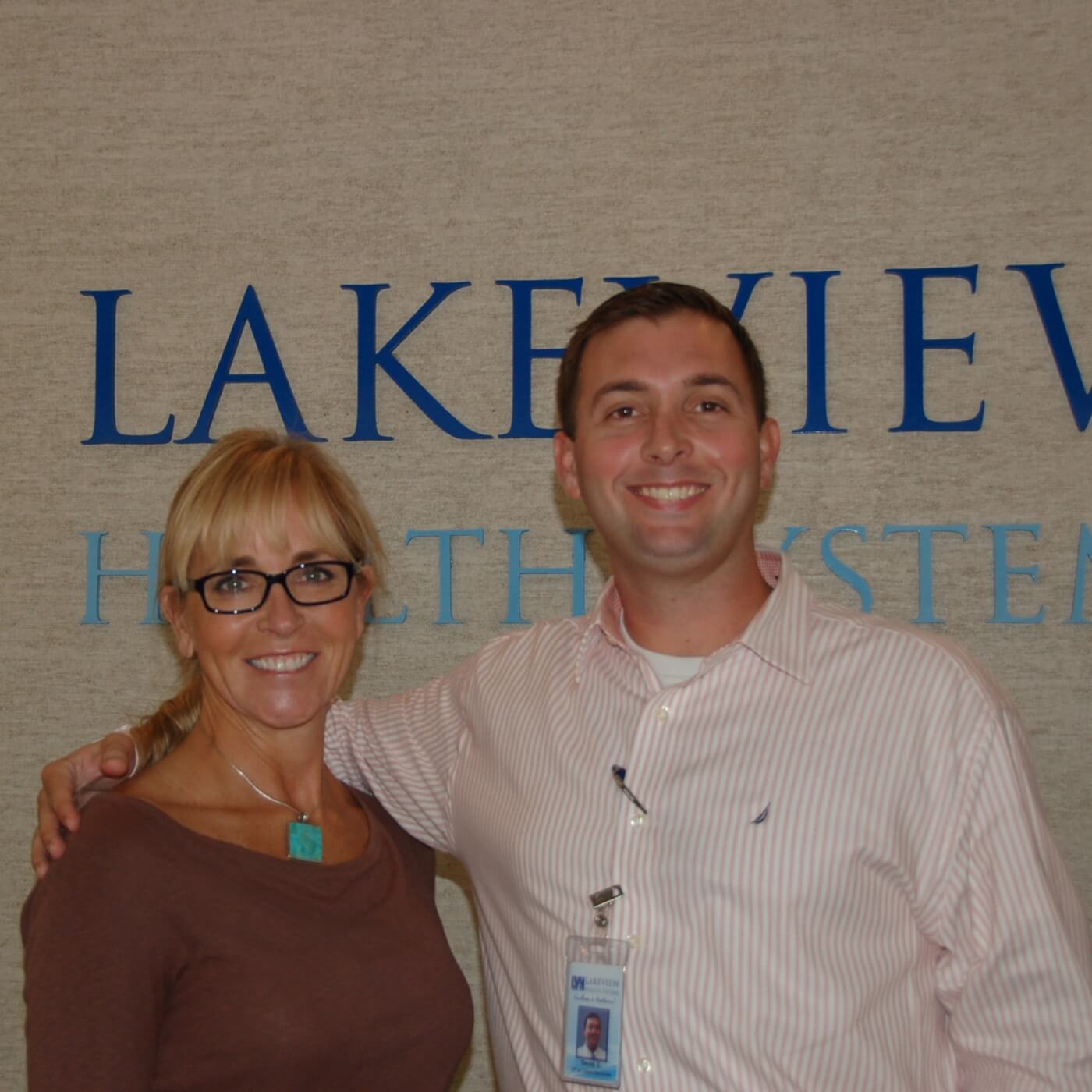

By: Lakeview Health
In this podcast, Susan Rosovsky of ProActive Interventions, discusses interventions with teens, how to help them and what families can look for when they are concerned about a loved one’s substance abuse.
Podcast Transcript
Gina Thorne: Hello, everyone, this is Gina Thorne and I am with Lakeview and we are here today for our first Lakeview Health podcast with Susan Rosovsky with ProActive Interventions out of Atlanta, Georgia. We’re really pleased to have Susan here today. She has spent the day with us here at Lakeview touring our facility and getting to know us a little bit. We wanted to use this opportunity learn a little bit more about what is ProActive Interventions and what is intervention in general and how we might be able to utilize interventions to help our loved ones access treatment. Gina: So, to start, first of all, welcome Susan, it’s nice to have you. Susan: Thank you for having me. Gina: We’re really excited to hear a little bit about your background particularly how it pertains to the field of addiction. Can you tell us a little bit about that? Susan: Yea, I wanted to go into private practice and be a private practice therapist. So I decided a lot of therapists didn’t really have training to really know what they were seeing in their offices. So I went through some years where I worked in an impaired professionals program and then I worked in a woman’s prison, and then I worked in the emergency room psych unit. I worked at special needs school. I worked at a college. I worked in community mental health. So I wanted to kind of experience everything. So, then when I did open my private practice I drew in a lot of more complicated clients, I guess, because I have more complicated knowledge and experience. And then I started finding that they needed a higher level of care, or a different level of care. So I started researching for that and then I found the ones that needed it often weren’t so willing to go. So then I started them talking them into it from my office, then I was talking them into from my office and taking them there myself, and I found that the ones that wouldn’t come to me, I’d go to them. Gina: So, you have actually quite the experience in all demographics and all age ranges, but what’s your area that you find you focus on the best? Susan: Probably the majority of my clients are young adults. Probably 75 percent are 18-28. Gina: And what makes that population so unique? Susan: For one, their developmental needs need to be address so they become developmentally delayed, so if you or I were to be in an accident ,middle-age people we find ourselves on a painkiller, go to 30-day treatment, follow up with some good discharge planning, that’s one thing. With a young adult, often they are kind of stuck in adolescence and to get them developmentally up to speed to address their peer needs, educational needs, what’s going to motivate them, help them grow up and be independent and not be a child in their families anymore is, I think, is huge for them. Gina: And these are kids typically that are struggling with some substance use dependence for the most part, we’re not just talking about just mental health per se. Susan: It can be any, just mental health, but most of mine are dual. Gina: They are dual diagnosis, OK. Susan: Yes and the dual is more mild most of them. Gina: Well, a lot of the people that are listening to this today are curious about the nature of interventions. They see it on TV, they get a glimpse of what they think is an intervention supposed to be like. Could you describe for us a little bit about what an intervention does, what’s the purpose of an intervention? Susan: An intervention, I think, is a chance to get somebody motivated and to tap into places that someone who is close to them might not be able to. You know so first of all to address your question about what’s on TV, you know, that was the original model of intervention created, the Johnson model, some 20, 30 years ago. So it was great, it was a great skeleton and foundation for us to work from, but now those of us that have critical training and are really therapists and have that kind of training can use different ways, like motivational interviewing. You can insert that in there and so I tend to use a very small, more respectful and compassionate style. I mean, I custom-design it for the family. But typically, one person is going to introduce me, maybe two. Often I end up talking to my client alone, not always because they feel like they can open up to me more. It’s not about railroading them, although sometimes with young adult you kind of have to start to draw a line with them so it’s more motivational, respect, rapport. It’s easier for them to let go and show their emotions with someone that are not so emotionally attached to. That’s why these families, I think, they can get through. But we are more emotionally reactive to the people we care about. So that works in my favor as well as my training Gina: Yeah, it sounds like the; we talked about at one point trying to remove the shaming aspects of working with clients in the beginning so that they come to that all on their own, we don’t need to add to that. So it sounds like you have a very strong philosophy on removing that shaming piece when working with families and clients. Susan: Yes, and not meeting resistance with resistance and then you’re getting into battles and the families have been doing that and, I think, clinicians. We as clinicians should have better skills then that while working with our clients. Gina: Well, you’ve talked a little bit about your style of intervention and why it works. Can you talk a little bit about the ProActive Intervention Program that you have, because I know you do more than just interventions. Can you speak a little bit more about your lines of service that you offer? Susan: Yes. I also do consultations, so if a family has someone or them, themselves or wanted someone in their family wants to go to treatment, then I’ll do a thorough evaluation and interview with them and help them pick a facility to go to because I am impartial. I don’t work for any facilities. I don’t take money for any facilities. If the family hires me I just work for them. So from there I can give them recommendations, because as you probably know there are more bad facilities out there than good, unfortunately, and one size doesn’t fit all. Different people have different needs, so I’m an impartial person who tours different facilities around the nation to help people find the best fit for them. Gina: That’s smart because you can tell the families you’ve been there, you’ve seen it and it gives them a feeling of comfort knowing it’s not just a guess, but that you’ve actually had a chance to interact with folks and learn about the program. Susan: Right, and know the right clinical questions to ask, as well. Family could tour it and not the right questions ask. Gina: Well that’s great, so let me talk to you a little bit about advice for family members, because often times we get calls from families who are not even sure if their loved one even has a drug problem or an alcohol problem. What would you recommend for that family member who is calling in and saying, “I just don’t know. They drink a lot on the weekends, but they seem fine during the week,” or “maybe they are just recreationally using because they are young and that’s what they do.” How can you help motivate a family to do some deeper work and finding out is my loved one really in need of treatment? Susan: That’s a really good question, I get that one a lot and one of the things I tell the families is to stop looking at the drug and stop chasing the drug or the alcohol–to look at the person’s life function: Is their life function declining in every area, whether it be their health, their education, their work, their relationships? Because there are people who can drink heavy and just be fine, they don’t get mad when they drink, they go to work every day and they don’t drink and drive and their health is fine, there is no health problems. So to stop focusing on the drug and alcohol and look at their life functioning and all others and particularly if you see an overall decline and you might have a moment of plateau, but then you see a decline again, and plateau and decline again. And at some point, you don’t want that decline to continue. Gina: And so that’s a pretty significant red flag you would think for some families if they start to see that decline happening. Susan: Yes, in every area, including relationships. Gina: OK. Well, you obviously have a great deal of resources and information on how to help a family access intervention and you come with a great deal of experience, as well. If someone wanted to reach out to you for assistance and needed your services, how could they get in touch with you? Susan: Two easy ways, my website is very easy to remember: ProActiveinterventions.com. The theme being “Let’s be pro-active–waiting to hit bottom is a myth, that’s dead or jail and then my phone number (678) 662-1892 and I’m always quick to respond. Gina: Perfect. Thank you. And again, it was a pleasure to have you here with us today and we encourage folks to reach out to Susan, particularly those family members or individuals that are unsure about an intervention or looking for resources on interventions, particularly for that young adult, which seem to be a very significant area for you. Gina: Great, Thank you very much, Susan Susan: Thank you, too.
